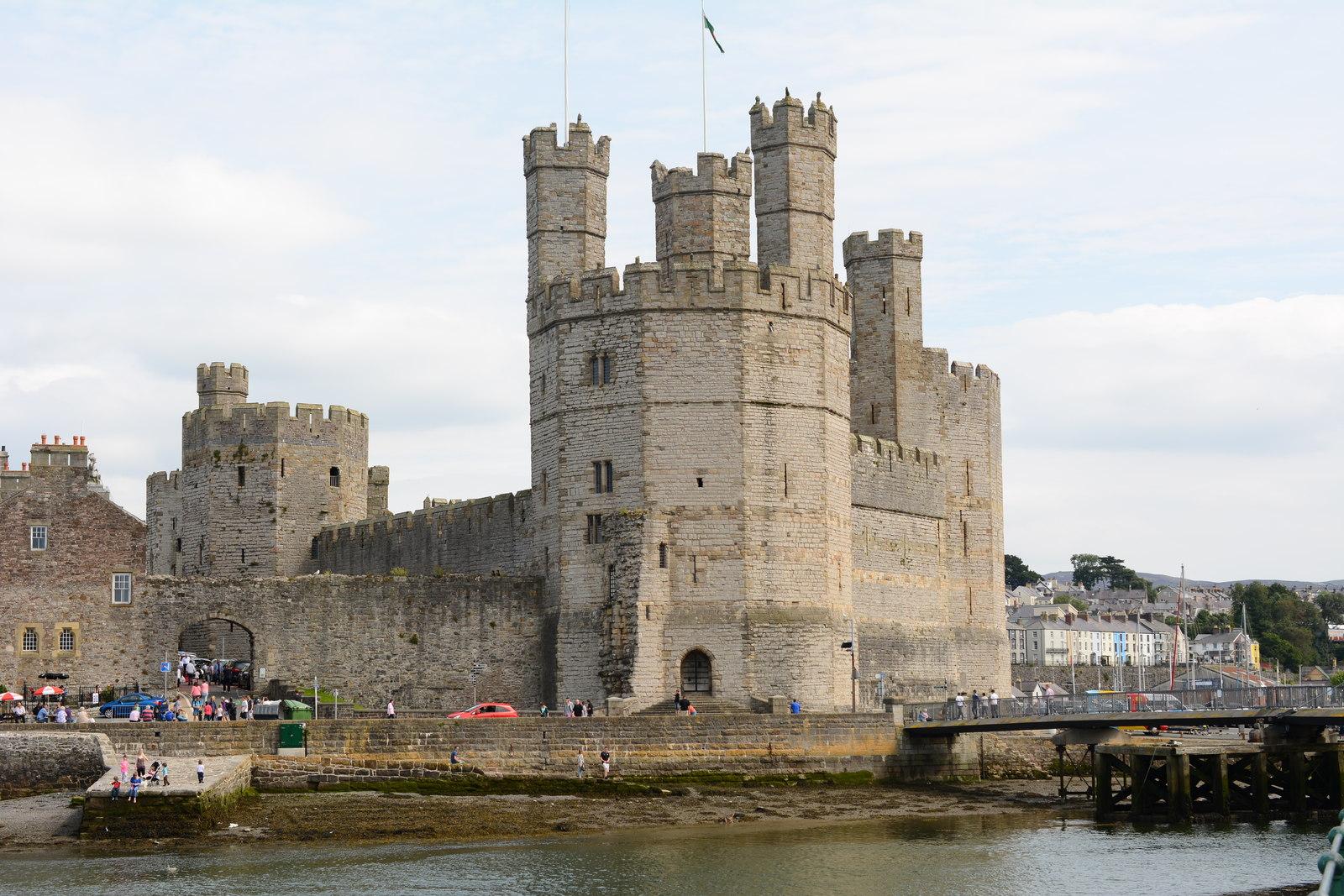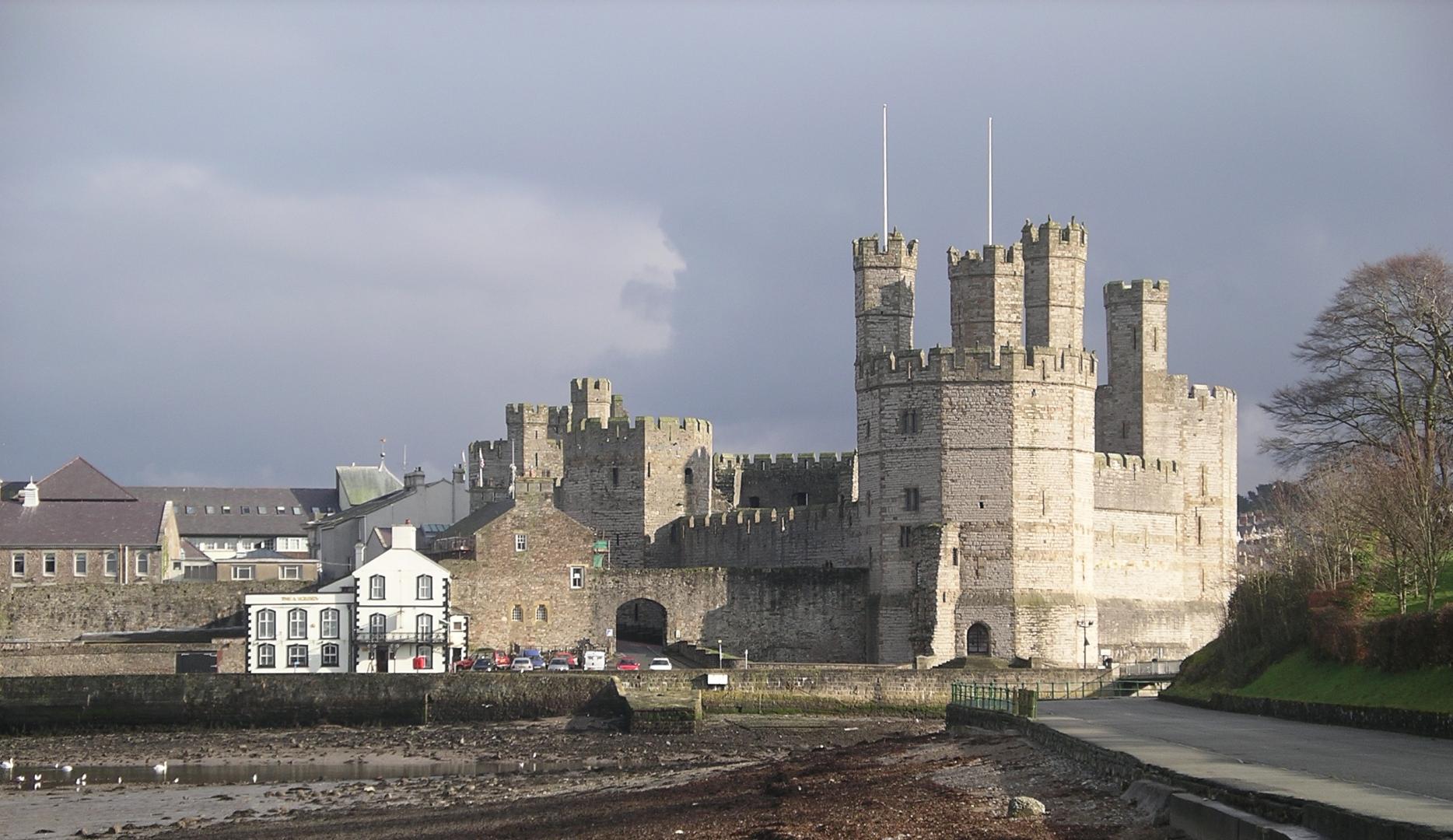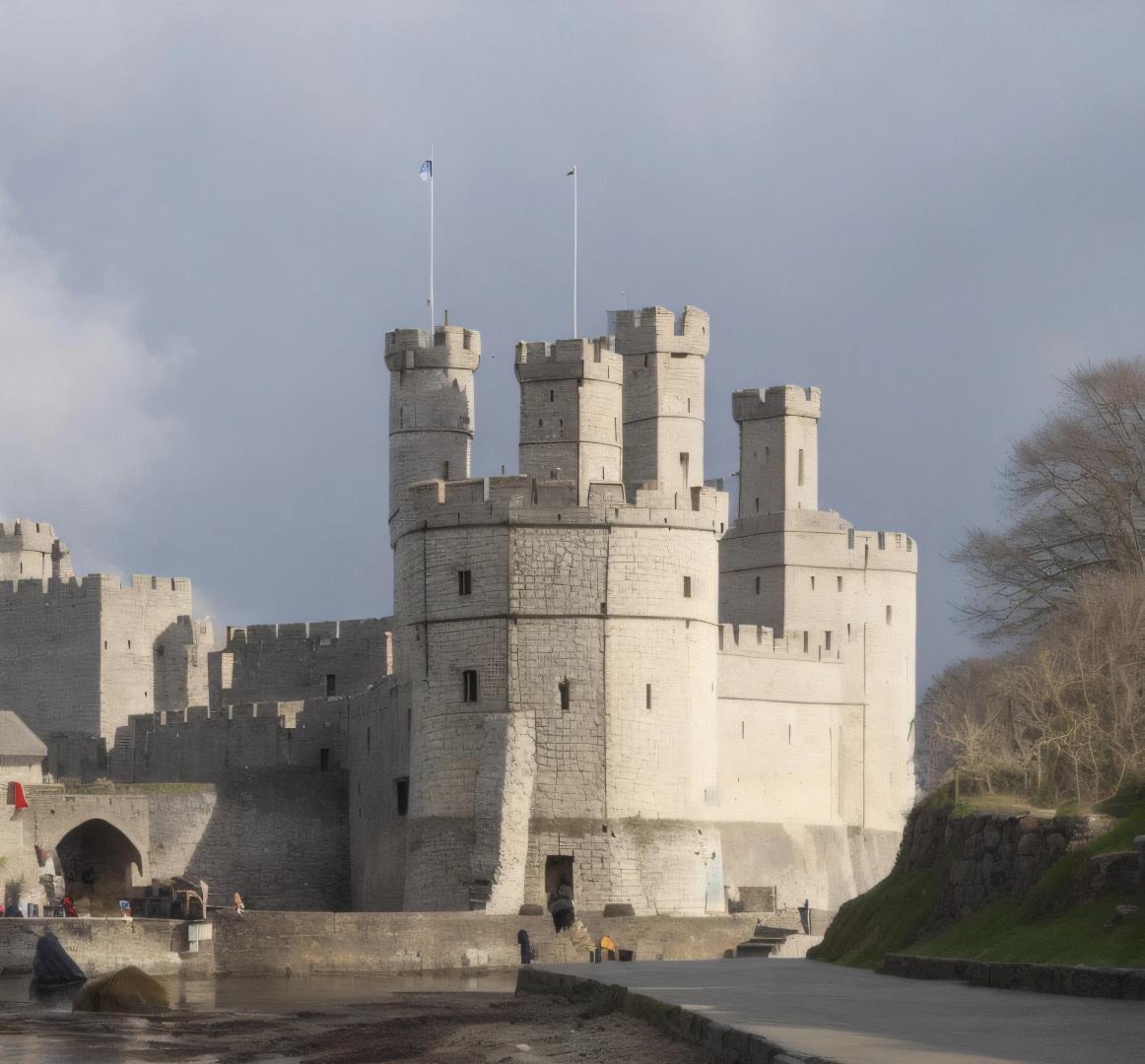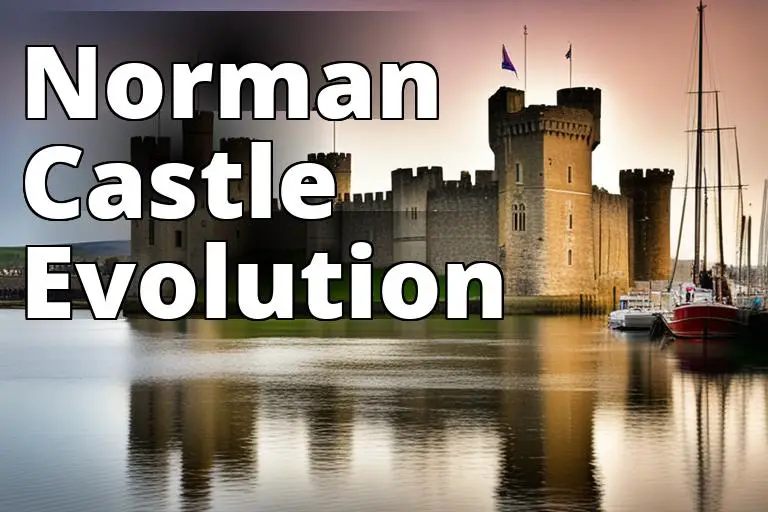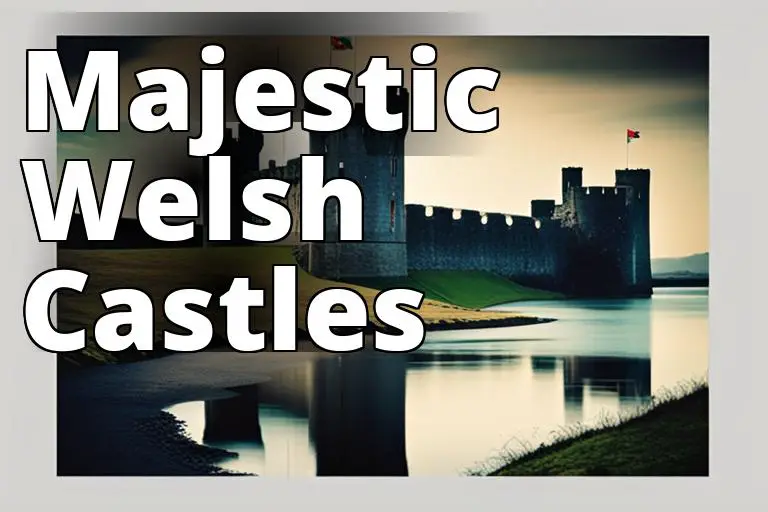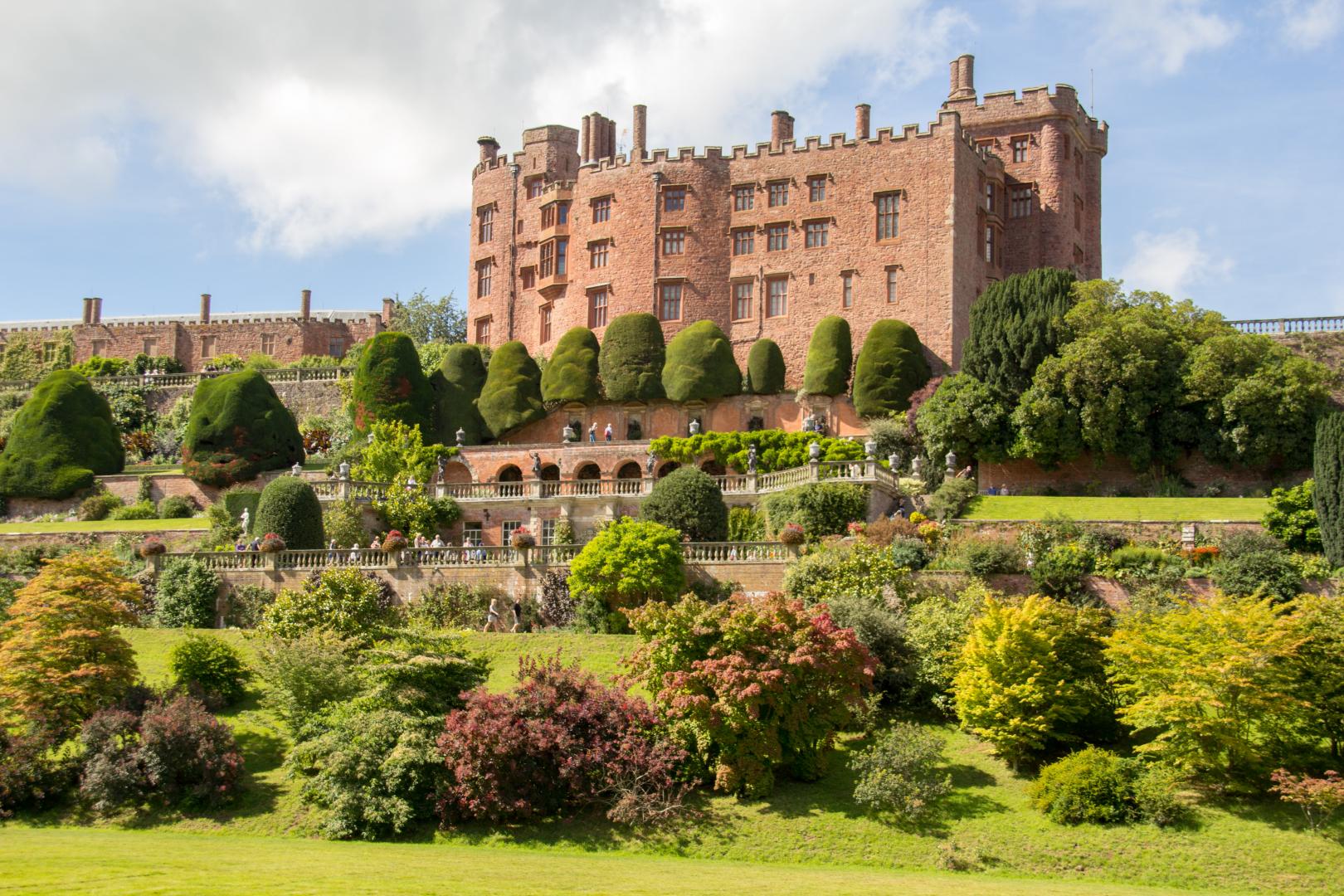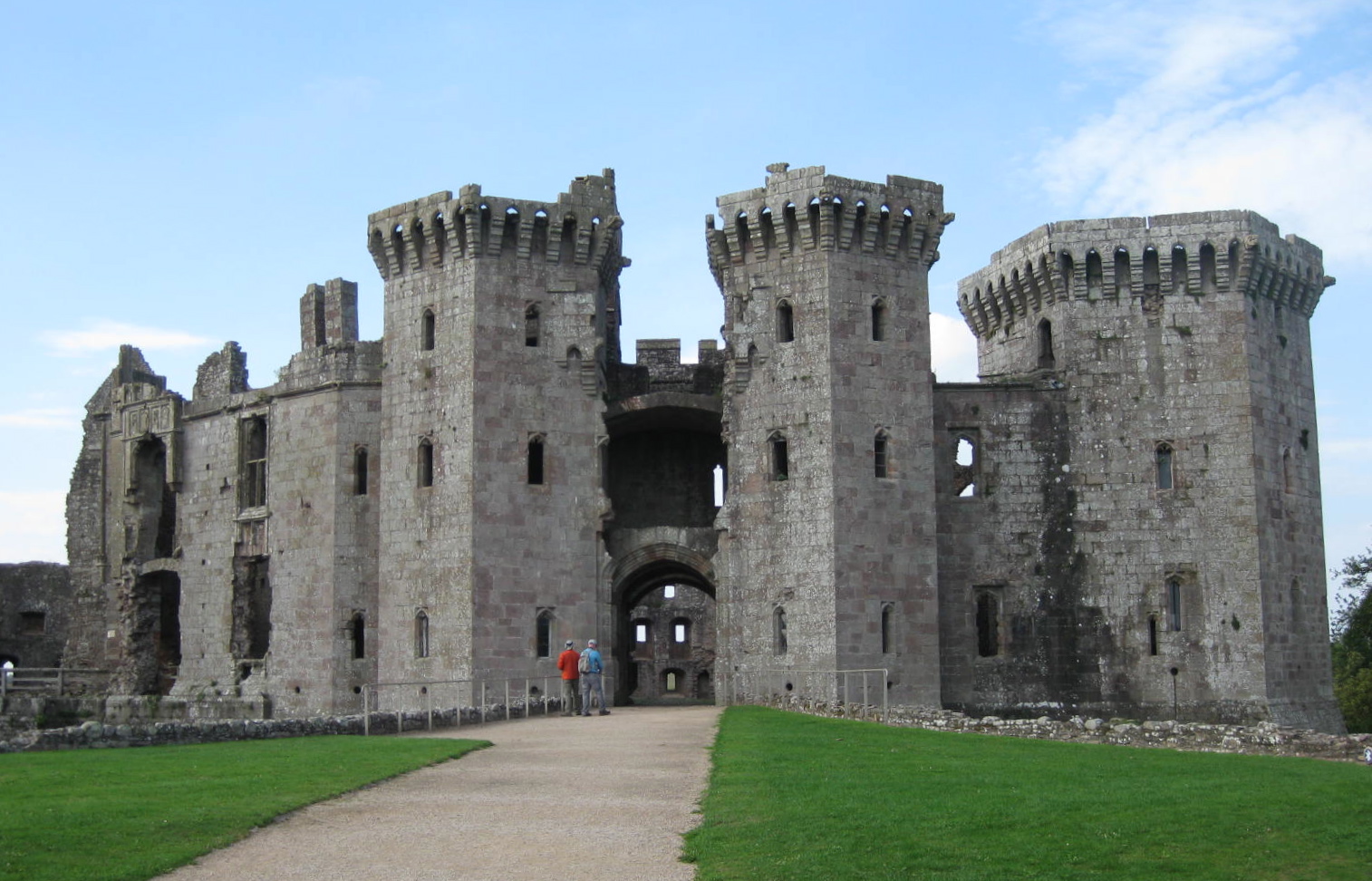
Looking Beyond the Postcard Views of England and Wales’ Iconic Castles
Names like Windsor, Caernarfon and Warwick instantly evoke images of imposing medieval fortresses and turreted castles immortalized on countless postcards and travel brochures. As architectural icons, they have secured their place in public imagination. But hidden histories lie buried if one just scratches beneath their tourist-centric portrayals.
Venture into England and Wales’ lesser-known castles off the beaten track and become an historical detective unearthing tales scarcely whispered about in famous counterparts. Through crumbling ruins get glimpses of Roman soldiers, clashes with warring tribes, violent sieges and betrayals that echo still. Opulent rooms transport back to royal intrigue and plottings for power behind now faded grandeur.
While renowned castles have merits, seeking out their hidden counterparts rewards with unexpected insights and magical romance not showcased to seasonal visitors. Celebrate England and Wales’ iconic fortresses, but also wander where few tread to uncover what overlooked castles uniquely reveal about the land’s captivating past when history turns storyteller. Be enchanted by their secrets waiting to enthral explorers in the know.
Caister Castle – A Soldier’s Stronghold

Origins Tied to Famed King Henry V
Standing proudly in the coastal town of Caister-on-Sea, Norfolk, Caister Castle had humble beginnings as a manor house in the 15th century. Its builder, the influential Sir John Fastolf who had fought alongside King Henry V at the legendary Battle of Agincourt in 1415, converted it into a moated castle during the 1430s. His years of service and loyalty to the famed King no doubt aided his vision of creating a formidable castle fortress by the sea that still stands today.
post-Agincourt Fortune and Ambition
Having amassed great wealth following his return from France, Sir John set about turning Caister into a well-fortified residence suiting his ambition. The property underwent extensions and alterations over time reflecting changing designs and trends. By his death in 1459, Sir John had expanded Caister into a 1000-acre estate with all the trappings of a castle suitable for nobility despite his non-aristocratic roots – a testament to Agincourt hero King Henry V’s evident patronage.
Descendants and Knights Who Came After
Ownership of Caister Castle continued down Fastolf’s descendants like John de Norwich who made his own additions in the late 16th century. But in 1692 it was finally bought by Sir William Rich who extensively remodelled the castle to resemble a baroque palace, changing forever the home that Sir John Fastolf had crafted in homage to victories past alongside England’s great king. Despite alterations, the foundations of Fastolf’s legacy remain evident even now.
Goodrich Castle – Nine Centuries of Tumultuous History
Royalty to Civil War Sieges
Standing sentinel over the Wye Valley along the English-Welsh border for over 900 years, Goodrich Castle’s long history is etched into its weathered sandstone walls. Royalty, conflict and tumultuous events dating back to medieval times echo from its ruins. Back in the 13th century, King John and later Edward I were hosted here amidst regional power struggles as English and Welsh lords jockeyed for influence.

Strategic Stronghold Frequently Embattled
Its strategic location made Goodrich Castle an important garrison, reinforced to withstand repeated attacks during various Medieval clashes with Wales. When English Civil War erupted in 1642 between Royalist and Parliamentary forces, Goodrich Castle was embroiled on the frontlines. Fiercely besieged by Roundheads, it finally fell after an onslaught of cannon fire and endured much looting and destruction.
Eerie Beauty in Ruin
Walking Goodrich Castle’s grounds today evokes imaginings of butchery and conflict, sieges and power struggles playing out within its battered walls centuries prior. The missing roofs open the ruins picturesquely to the elements. Visitors willing to look closely will discover musket balls embedded in walls, echoes of fighting past. Tranquil and ghostly, Goodrich now holds darker secrets within its aged stone.
Raglan Castle – Wales’ Last Great Medieval Fortress
15th Century Architectural Masterpiece

With its majestic location and imposing twin Great Tower set amidst landscaped gardens, Raglan Castle cuts a dramatic figure atop a hill in Monmouthshire, Wales. Built in the 15th century during a time of political turmoil, construction aimed to create a self-sufficient medieval fortress palace to reinforce the family stronghold of the Herberts – later Earls of Pembroke.
Political Intrigue and Evolution
As prominent landowners jostling with rivals for power in Wales, the Herberts used Raglan Castle’s evolving features to reinforce their status. With social circles intertwining nobility and royalty, they hosted figures like Edward IV and Richard III at Raglan Castle through the ages. Additional towers, a Great Hall and more luxury suites were added as the estate grew.
Demise and Ruins Still Standing
By the 1600s, Raglan Castle’s importance as a power base made it a target in the English Civil War. After withstanding over a year-long onslaught ending in collapse and surrender, it saw significant looting and destruction – scaffolding still clings to unfinished walls. Visitors can explore many intact features to envision splendid medieval life within its defence-focused design before Roundhead cannons spelled the end.
Famous Sites Only Scratch the Surface
While renowned castles of England and Wales like Windsor and Caernarfon rightly enjoy popularity and fame for their grandeur, they merely scratch the surface of what captivating fortified history exists in the region. Once you stray off the heavily beaten tourist trails, a treasure trove of lesser-known castles awaits.
Overlooked Gems Hide Compelling Tales
Lesser-known castles often harbour their own rich tales in architecture, hauntings, sieges, civil war destruction and roles in regional power politics over centuries past. But they require some probing to uncover – whether wading through crumbling ruins or poring over obscure records. For curious visitors willing to search, their secrets emerge.
The Hunt Continues for More Hidden Histories
The examples above represent but a sample of the overlooked castles where intriguing secrets are buried beneath the surface. Who knows how many more exist nestled anonymously within the English and Welsh countryside? Great potential remains to showcase further hidden gems that may reveal unexpected twists in British history or architectural marvels at risk of fading into obscurity if not uncovered soon. The hunt continues.
Related Articles
Related Articles
Raglan Castle
The majestic ruins of Raglan Castle still stand as a powerful reminder of medieval history.
Prestatyn Castle
Prestatyn Castle was a medieval castle situated in the coastal town of Prestatyn in northeast Wales.



